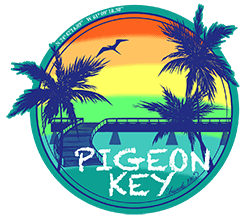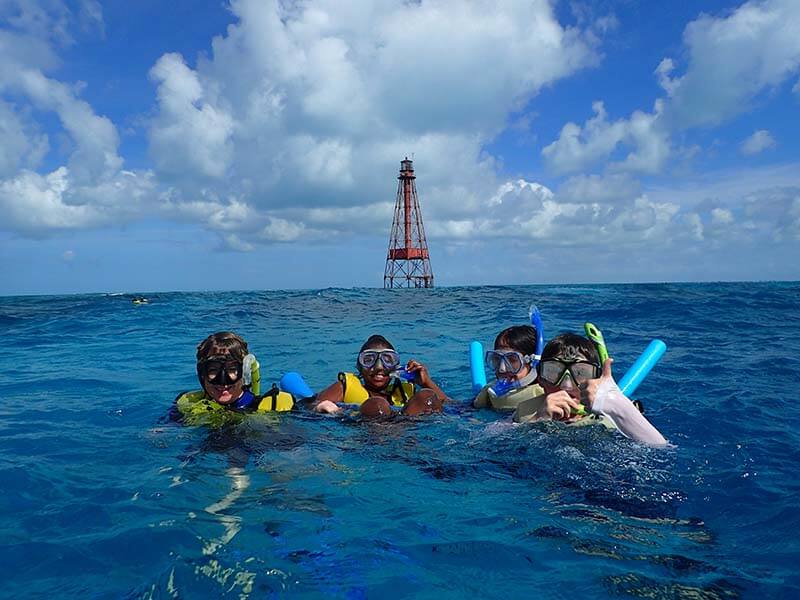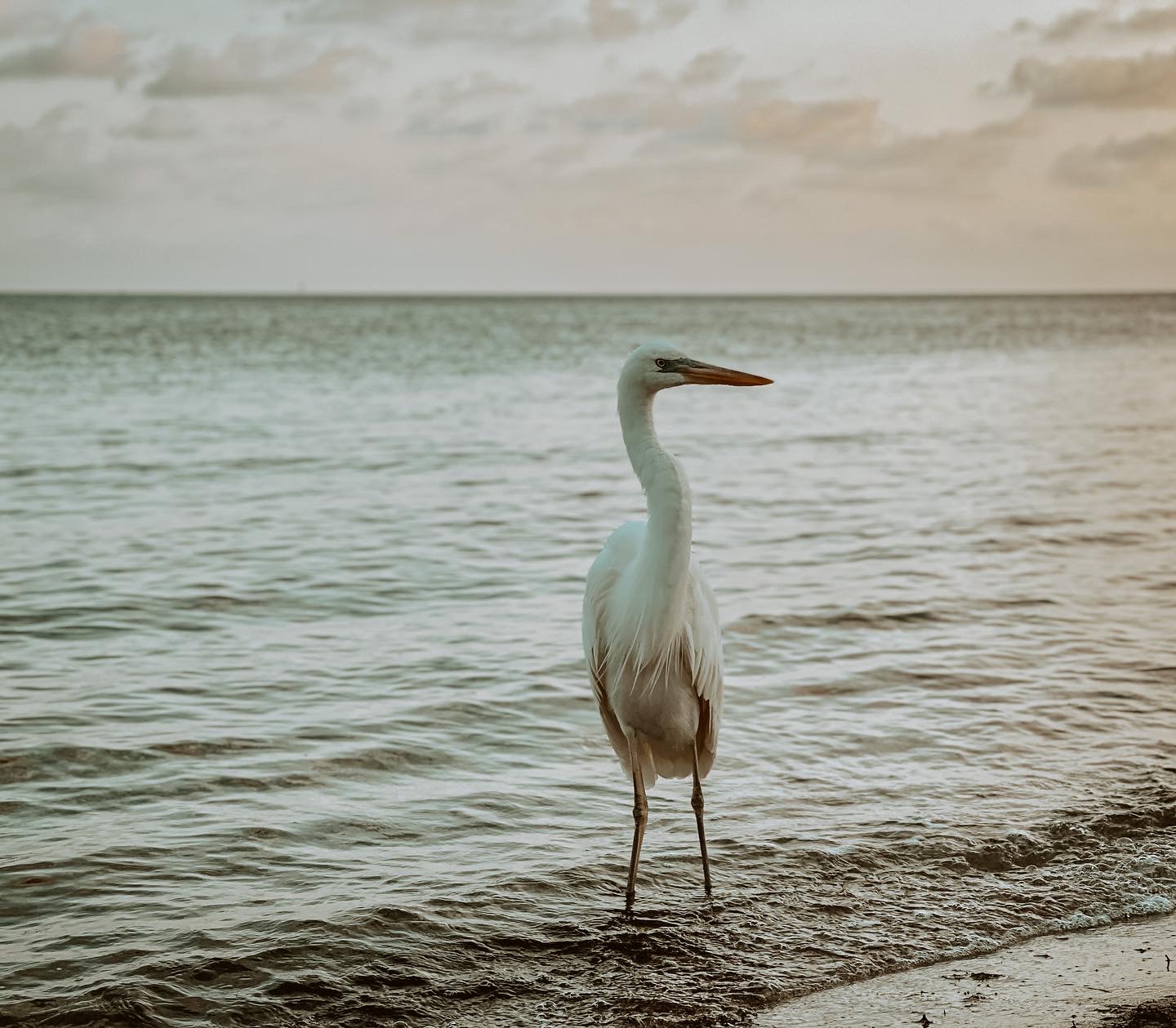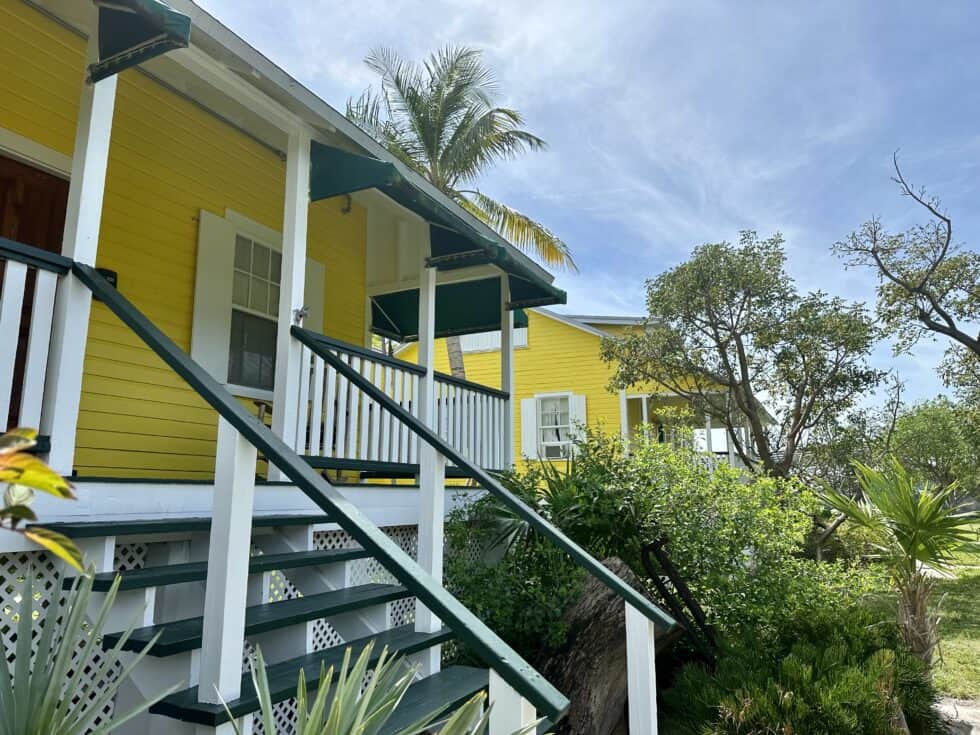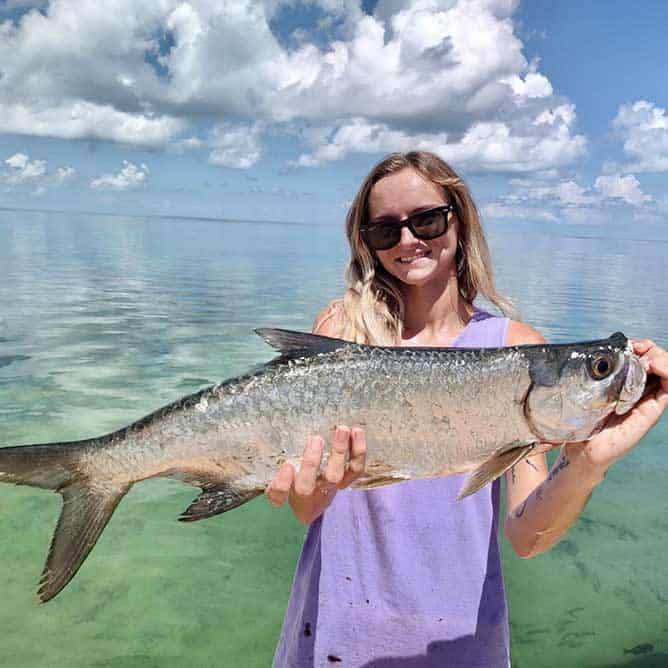Sombrero Reef is located five nautical miles south of Pigeon Key and can be easily identified by the 142 foot iron lighthouse that marks the reef itself. The Sombrero Reef lighthouse was built by General George Meade in 1858 and was the tallest iron structure known to man until the Eiffel Tour of Paris was completed in 1887. After building lighthouses along the coastline to aid in maritime navigation, Meade went on to defeat Robert E. Lee at Gettysburg during the Civil War. In November of 1990, the State of Florida and the National Oceanic Atmosphere Association (NOAA) declared that it would be protected along with 2,900 square miles of waters throughout the Keys. National Marine Protected Areas have been established to protect ecosystems, preserve cultural resources such as shipwrecks and archaeological sites, or sustain fisheries production. The Sanctuary Preservation Area (SPA) around the Sombrero Reef Light is a no-take, no-touch zone where everything in its boundary is protected.
Sombrero Reef isn’t just a local tourist attraction in our backyard though, it is a part of our outdoor classroom at The Pigeon Key Foundation. Our Marine Science Center gravitates towards hands-on learning, turning the island and surrounding ecosystem into the classroom. All of our programs are paired with an outdoor activity to stimulate the learning experience for our students. Each school group that visits us gets the opportunity to go out to Sombrero Reef for the snorkeling adventure of a lifetime. Prior to their visit to the reef, they learn about the habitat itself and all of the fish species that call it home. One of the core-four programs we offer to our education groups is Reef Fish Identification. It pairs learning the names of fish, with identifying them based on their morphological characteristics, or how they look. It makes the trip that much more enjoyable if the students can successfully identify the beautiful fish they get to swim with.
Typical organisms we see on any given reef trip include nurse sharks, parrotfish, green moray eels, southern sting rays, barracuda, yellow tail snapper, sergeant majors and even sea turtles to name a few. There are also elkhorn, branching, boulder corals and sea fans that are a treat to see and swim around. You never know what sights the day will bring. The SPA is marked by three yellow boundary buoys and there are mooring balls to tie your boat up to instead of dropping an anchor. This keeps all growing and thriving corals out of harm’s way. With many different mooring buoys to choose from, there is always something new to see depending on what part of the reef you explore. Here at Pigeon Key, we are very happy to have this incredible place as a source of learning for our students!
